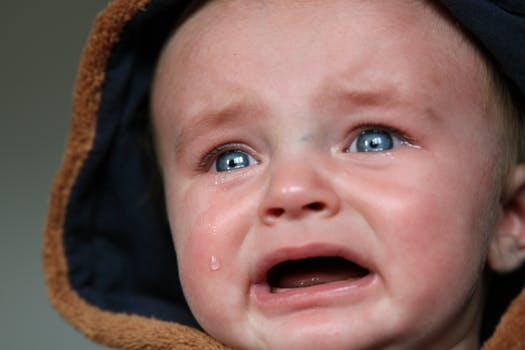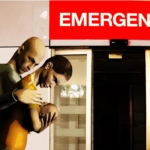
04 Apr How worried should parents be about the new measles outbreak?
With many families travelling around Australia over Easter and the school holidays, the NSW Health Department is advising people to be alert for signs and symptoms of measles after being originally notified in early February of a woman with the illness in Sydney.
Since measles has been virtually absent from many countries for decades, a new generation of parents has little knowledge about the nature of a measles outbreak.
How worried should parents be?
Measles is a highly contagious viral disease. Those old enough to remember measles may well remember manageable symptoms: a fever, runny nose, bloodshot eyes and white spots in the mouth. Days later, a rash develops, spreading from the face and neck downward.
Generally, the initial symptoms aren’t picked up quickly enough, which allows the virus to spread easily. People with measles can spread the disease from 4 days before the rash starts until about 4 days after that. They’re most contagious while they have a fever, runny nose, and cough.
Signs and Symptoms
Early symptoms usually last 4–7 days.
They include:
- running nose
- cough
- red and watery eyes
- small white spots inside the cheeks.
The rash begins about 7–18 days after exposure, usually on the face and upper neck. It spreads over about 3 days, eventually to the hands and feet. It usually lasts 5–6 days before fading.
But the disease can be far more serious.
Most deaths from measles are from complications related to the disease.
Complications can include:
- blindness
- encephalitis (an infection causing brain swelling and potentially brain damage)
- severe diarrhoea and related dehydration
- ear infections
The number of reported cases doesn’t reflect the true number of cases in the community; many do not seek health care, and there’s a lag time in reporting.
Prior to the introduction of the measles vaccine in 1963, measles caused an estimated 2.6 million deaths each year, according to WHO. In 2017, approximately 110,000 people died from measles – mostly children under 5 in poor countries. It’s these poor countries where the disease festers and takes a toll because vaccines are not available, accessible or affordable.
Many parents have been opting out of the routine vaccination, which has been available since 1963 and there is a rise in the disease now in wealthier countries (such as Australia) due to ‘vaccine hesitancy.’
The COVID-19 pandemic led to setbacks in surveillance and immunisation efforts. The suspension of immunisation services and declines in immunisation rates and surveillance across the globe left millions of children vulnerable to preventable diseases like measles.
According to WHO:
- Measles vaccination averted 56 million deaths between 2000 and 2021.
- Even though a safe and cost-effective vaccine is available, in 2021, there were an estimated 128,000 measles deaths globally, mostly among unvaccinated or under-vaccinated children under the age of 5 years.
- In 2022, about 83% of the world’s children received one dose of measles vaccine by their first birthday through routine health services – the lowest since 2008.
Why should we be concerned?
Contagious contact may occur before any symptoms arise (see above):
- Measles may cause a pregnant woman to give birth prematurely or have a low-birth-weight baby.
- There can be severe complications for kids under 5 and adults over 20, such as pneumonia and encephalitis (swelling of the brain), both needing hospitalisation. As many as one out of every 20 children with measles gets pneumonia, the most common cause of death from measles in young children.
State Government Health Departments regularly issue alerts (e.g., NSW Infectious diseases alerts), and it’s important that parents are kept up to date and are ‘alert and not alarmed’ now that we are travelling over Easter/school holidays!
Note: This article provides general health information and in no way constitutes medical advice. Ideas and information expressed may not be suitable for everyone. Readers wishing to obtain medical advice should contact their own doctor.
For more information:
- Australian Government Health Direct
- World Health Organisation —Fact sheets, General information about measles
- Centre for Disease Control







